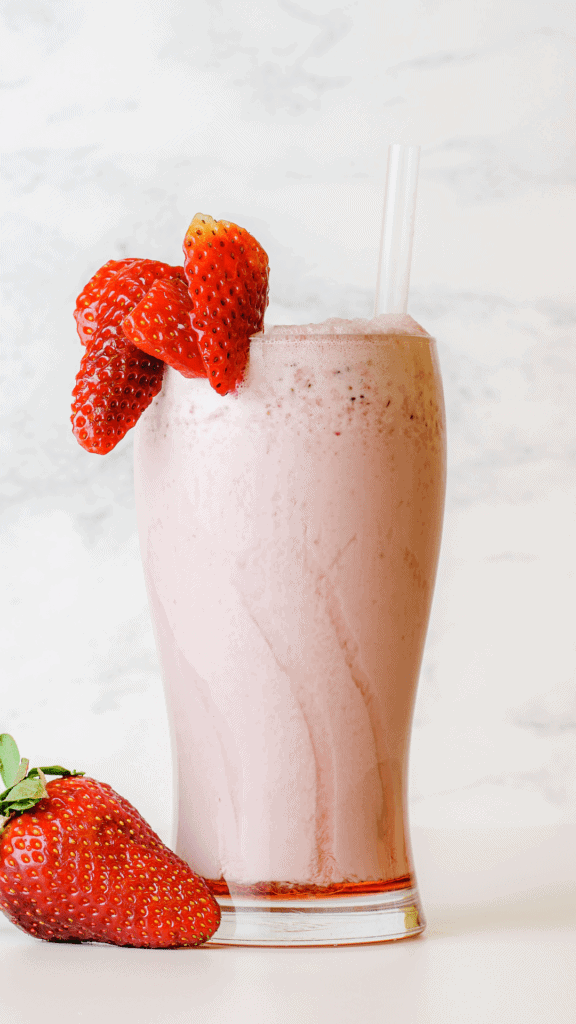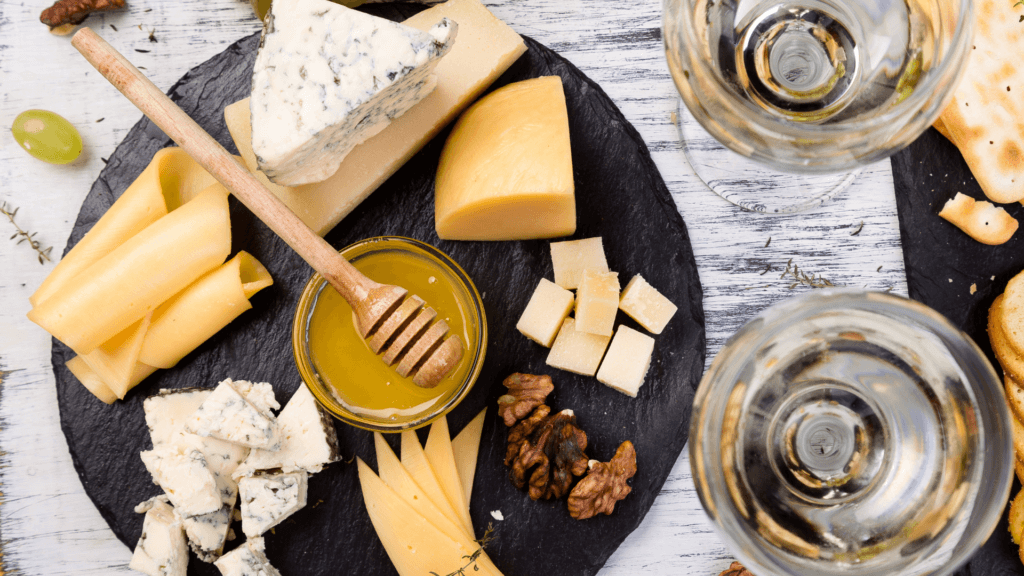The Real Costs of Fat Reduction, and the Valuable Role of Flavour
Can fat affect your bottom line? Just like any other ingredient, the answer is, of course, it can!
How it affects your bottom line depends on your reason for asking the question. Are you looking to reduce fat to lower costs or to improve nutritional information on the back of the package? Or some other reason entirely?
Every strategy can come with its own set of taste challenges, that if not addressed, could actually cost you more money in the long run.
Approaching fat use successfully in your product starts with balancing your goals, your customer’s needs, and a non-negotiable dedication to creating a delicious product.

Fat Reduction – For Bottom Lines & Waistlines
Cost
With challenges to the supply chain and unpredictable commodity prices, developers are constantly looking for ways to cut costs. That’s why, now more than ever, fats are finding themselves in the firing line for reduction.
I say this all the time, but it bears repeating: If you take something out of your product, you have to put something back in!
Yes, fat reduction could help you stabilise your overall costs but you can’t forget that it is also one of the most important contributors to the taste, texture, and enjoyment of your product.
The reality is that fat contributes to the mouthfeel, texture, and melt of your product, among other things. Fat is flavour; it carries taste. Lowering it massively impacts the way the product breaks down in your mouth to release flavour and, as a result, your product’s overall balance.

So, you need to ask yourself, “If I am set on reducing fat, what are the new ingredients going to look like, and how will they interact with each other to impact taste and texture?”.
Flavour needs to be one of the key ingredients to build back taste, and it can even help improve the perceived mouthfeel. It cannot, however, fully compensate for the loss of fat; very few ingredients can. Hydrocolloids and starches, along with other emerging fat replacement ingredients, can be great tools for improving the body and texture of your fat-reduced product; when used correctly. However, at the wrong levels, they can also produce unwanted side effects like sliminess or dry crumbliness, depending on your application.
Honestly, simply lowering fat isn’t always the best option for optimising costs. Instead, it is better to approach fat reduction holistically; this is also true when it comes to nutrition.
Nutrition
For years there has been pressure across the industry to get fats down in food and beverage products. One of the primary elements leading the charge in this crusade against fats is the lingering consumer perception that “lower-fat” = healthier products.
There are some products like sour cream or yoghurt where you can reduce fat and swap out ingredients without too much change in taste and texture. Still, lowering the fat in these dairy products often produces an unsatisfying “watery” taste. In these instances, flavour is a critical tool for getting a creamier, richer mouthfeel and even balancing the cultured notes of these products.
However, there are some products where you are just never going to get the same impact.
For example, even though the salt level may be the same, the taste of a reduced-fat cheese is often less intense, less indulgent, and struggles to give the same level of satisfaction as the original.

Please don’t get me wrong; as long as consumers ask for it, there will always be a market for fat reduction, but you cannot sacrifice taste for nutrition. Your customers won’t let you.
Fortunately, with a balance-focused approach, you might not have to.
Balance
Achieving balance in your product is more than just getting taste and texture right. It’s understanding how best to meet your goals and addressing the needs of your consumers without compromising on taste.
If you are looking to reduce fat for cost optimisation, a commodity reduction through fat substitution and flavour could be the best approach for your bottom line and your consumers’ taste buds.
For example, if you have a bakery product that is 30% butter, you can’t just reduce the fat and expect it to be the same. On top of the taste and texture, it will negatively impact your baking process. So, if you are going to reduce your butter to save cost, you could add another fat along with flavour to maintain or even improve the indulgent butteriness your customers have come to expect.
Creating tasty low-fat products is a slightly different story. You may lower fat to a point where no matter how much salt and flavour you add, it misses the mark on taste. In the worst-case scenario, the usage of those ingredients gets high enough that you end up with a more expensive, less satisfying product that losses you money because consumers don’t enjoy it.

Instead, adjusting your fat usage by even just a few percentage points can get your product to a point where our flavours can help you restore balance and achieve the taste you’re after.
This is why we encourage developers to engage with our R&D team early on in their development process. Working with us from the beginning gives you access to our 100+ years of experience to not only help you optimize your fats, flavour, and formulations but also save you valuable time and money in the process.
About the Author: Anne Marie Butler, Edlong Global Director, Innovation and Commercial Development
I help food stakeholders from startups to CPGs solve complex flavor problems and accelerate innovation within the food space. Through my 15+ years of experience, I’ve gained skills as a food technologist, thought partner, and leader. My clients and team appreciate my collaborative, humanistic approach to problem solving. In an increasingly tech-centric world, I think that human connection is the source of innovation. Through my work, I’ve realized how important it is to be more proactive about inviting stakeholders into conversations around flavor innovation. I’m not working alone, and I don’t want to be thinking alone either.
Topics: Dairy flavorsHealthy ReductionInnovation
Resource Type: Article
Resource Region: EUUS
